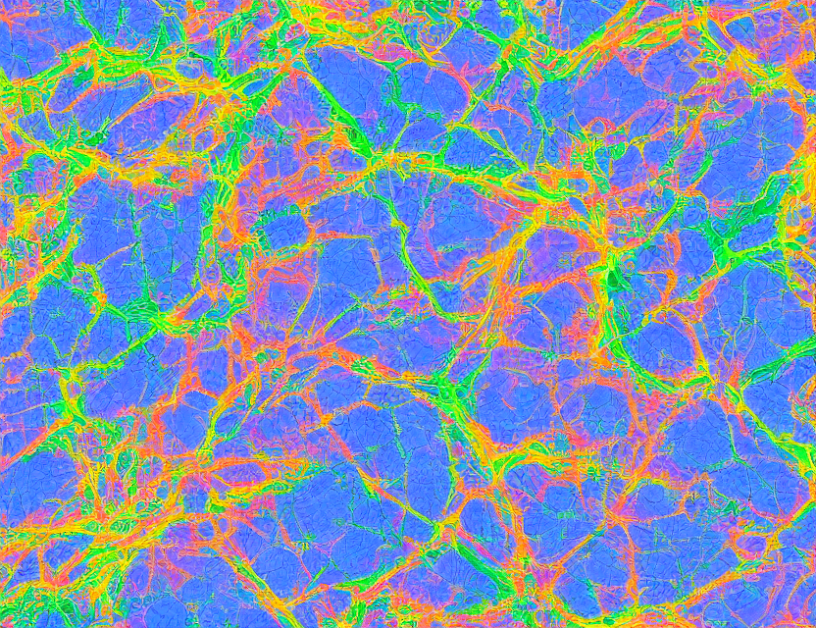Semantic segmentation is a crucial task in computer vision that assigns labels to each pixel in an image, indicating its class (e.g., building, road, vegetation). For urban scenes, this task becomes more challenging due to the complexity of the environments and the need to distinguish between different objects. To address these challenges, researchers proposed DPLNet, a novel RGB-T semantic segmentation network that leverages both color and thermal information from RGB-T images.
Color and Thermal Information
RGB-T images are a combination of RGB (color) and thermal images, providing a more comprehensive understanding of the environment. By fusing these two types of information, DPLNet can capture more details and improve segmentation accuracy. The thermal channel captures heat signatures, which can help differentiate between objects with similar colors, such as trees and buildings.
DPLNet Architecture
DPLNet consists of several components that work together to produce accurate semantic segmentation. The network architecture is based on the transformer architecture, which has shown excellent performance in natural language processing tasks. The transformer uses self-attention mechanisms to process input sequences simultaneously, allowing it to capture long-range dependencies and contextual information.
The DPLNet architecture consists of three main components: 1) a color feature extraction module that processes the RGB channel, 2) a thermal feature extraction module that processes the thermal channel, and 3) a fusion module that combines the features from both channels to produce the final segmentation mask.
The color feature extraction module uses a ResNet-50 backbone to extract color features, followed by a series of convolutional layers to refine the features. The thermal feature extraction module uses a similar architecture, but with a few modifications to accommodate the thermal data.
Fusion Module
The fusion module is the core component of DPLNet that combines the color and thermal features. It uses a multi-scale attention mechanism to focus on different parts of the image at different scales, allowing it to capture both local and global contextual information. This attention mechanism is applied multiple times in parallel, allowing the network to learn hierarchical representations of the input data.
Training and Evaluation
DPLNet was trained using a dataset of RGB-T images collected from urban scenes. The training process involved optimizing the network parameters to minimize a loss function that measures the difference between the predicted segmentation mask and the ground truth. To evaluate the performance of DPLNet, it was tested on several benchmark datasets and compared against other state-of-the-art methods.
Results show that DPLNet outperforms other methods in terms of segmentation accuracy, particularly when the thermal channel is used. This is because the thermal channel provides valuable information about the temperature of different objects, which can be used to distinguish between them. For example, vehicles are typically warmer than buildings, so the thermal channel can help identify them more accurately.
Conclusion
In conclusion, DPLNet is a novel RGB-T semantic segmentation network that leverages both color and thermal information from RGB-T images. By fusing these two types of information using a multi-scale attention mechanism, DPLNet can capture more contextual information and improve segmentation accuracy. The proposed architecture demonstrates state-of-the-art performance on several benchmark datasets, making it a valuable tool for urban scene understanding tasks.
Computer Science, Computer Vision and Pattern Recognition
Semantic Segmentation of RGB-T Images: A Comparative Study



